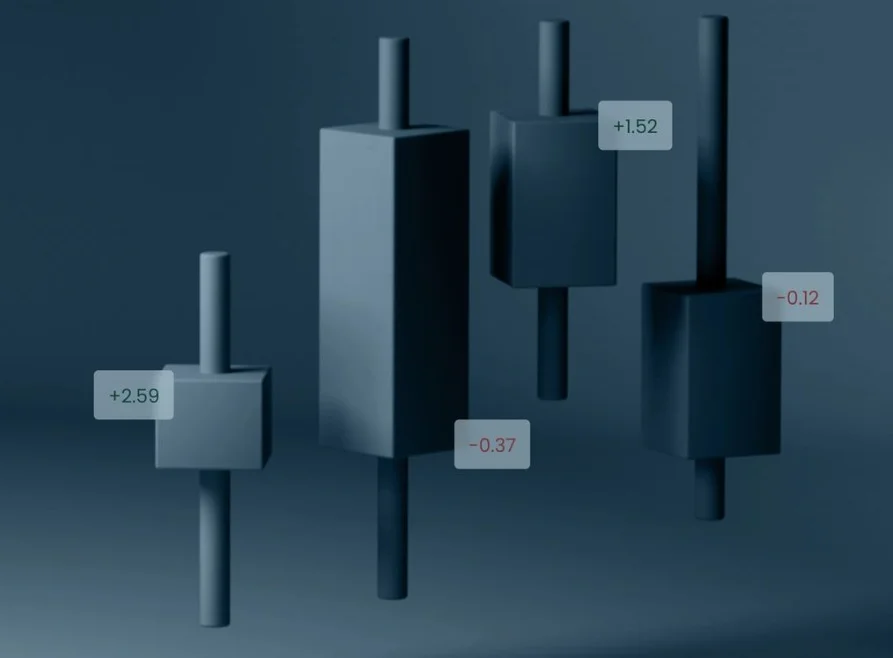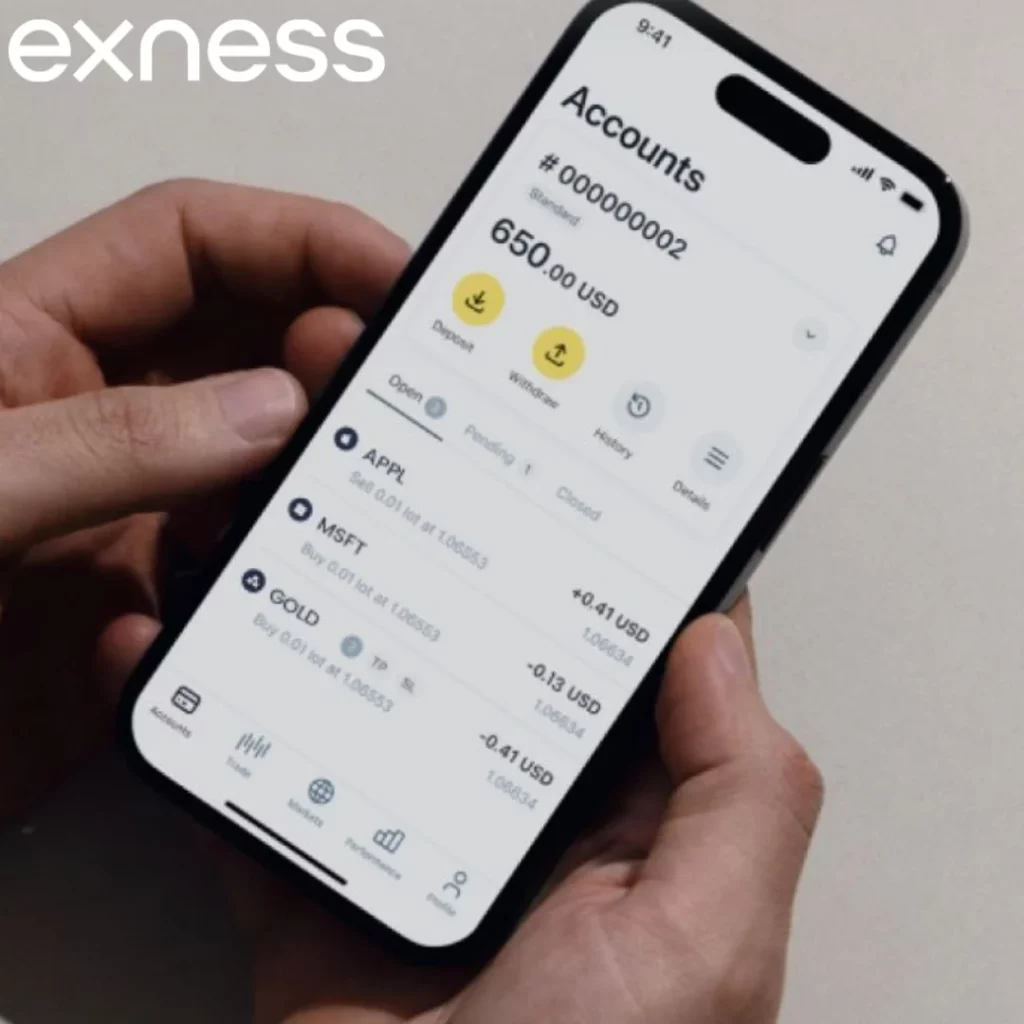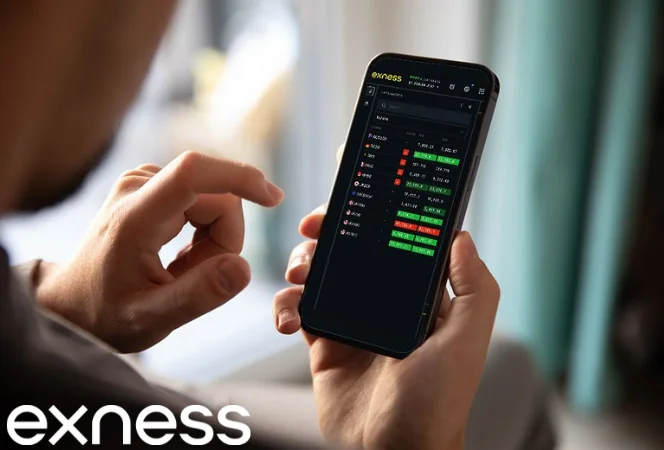Understanding the NASDAQ Index
The NASDAQ-100 Index (often referred to as simply “NASDAQ”) is a market-capitalization-weighted index composed of 100 of the largest U.S. and international non-financial companies listed on the NASDAQ stock market. It includes giants from the technology, consumer services, healthcare, and industrial sectors.
Unlike broader indices such as the S&P 500, the NASDAQ-100 has a higher concentration of technology and innovation-focused companies. This makes it particularly appealing for traders seeking volatility and growth-driven market movements. Constituents of the index include companies like Apple, Microsoft, NVIDIA, and Alphabet (Google), among others.
The NASDAQ is widely used by traders to:
- Gain exposure to tech-sector performance.
- Hedge existing equity portfolios.
- Speculate on market sentiment driven by economic events or earnings releases.
Key features of the index:
- High liquidity.
- Rapid price movements.
- Strong correlation with tech trends and macroeconomic indicators.
This combination of features attracts active traders looking to capitalize on both intraday price swings and broader market trends.

NASDAQ Trading Options on Exness
Exness offers a streamlined way to trade the NASDAQ Index through CFDs. With CFD trading, there is no need to purchase the underlying assets. Instead, traders speculate on the price movements of the index, opening positions in either direction based on their analysis and market outlook.
Available NASDAQ Instruments
Traders on Exness can access the NASDAQ through the USTEC CFD symbol. This instrument tracks the NASDAQ-100 Index and is available on the MetaTrader 4 and MetaTrader 5 platforms.
Key characteristics of the USTEC instrument:
- Real-time pricing that mirrors NASDAQ futures.
- No ownership of the underlying index.
- Ability to go long or short with the same instrument.
- Integrated into both desktop and mobile terminals.
Depending on the account type and platform, USTEC may be listed with a suffix (such as USTECm for market execution accounts). It’s essential to confirm the exact symbol in the Market Watch window within the trading terminal.
Account Types for Index Trading
Exness supports NASDAQ trading across multiple account types, each tailored to different trading needs. Traders can choose based on factors such as spreads, execution speed, and commission structure:
| Account Type | Spread Type | Commission | Execution Mode | Minimum Deposit | Platform |
| Standard | Variable | None | Market | No minimum | MT4 / MT5 |
| Pro | Lower spread | None | Market | Varies by region | MT4 / MT5 |
| Raw Spread | Raw + fee | From $3.5 | Market | Varies by region | MT4 / MT5 |
| Zero | 0 spread | Fixed fee | Market | Varies by region | MT4 / MT5 |
The Standard and Pro accounts are popular for index traders due to their spread-only pricing. Meanwhile, Raw Spread and Zero accounts are often preferred by scalpers and high-volume traders due to tighter spreads and predictable costs.
Note: The availability of account types and symbols may vary by country of registration and trading platform.
Trading Conditions for NASDAQ
When trading an index like the NASDAQ-100 via CFDs on Exness, the efficiency of your strategy depends not only on market timing but also on understanding the trading parameters that shape your potential costs and risks. These conditions include spreads, execution speed, leverage settings, and margin requirements—each of which can influence your trading performance and capital allocation.
Spreads and Fees
Spreads refer to the difference between the bid and ask price of an instrument, and they represent a core trading cost. On Exness, spreads for USTEC are dynamic, meaning they fluctuate based on market conditions. During major economic announcements or periods of volatility, spreads may temporarily widen.
Here’s a general breakdown of spreads and commission structure for the main account types:
| Account Type | Typical Spread (USTEC) | Commission per Lot | Execution Type |
|---|---|---|---|
| Standard | From 1.0 point | None | Market |
| Pro | From 0.6 point | None | Market |
| Raw Spread | 0.0 point | From $7 round turn | Market |
| Zero | 0.0 point (specific hours) | From $3.5–$5 | Market |
These values may change depending on trading hours and platform load, especially during periods of low liquidity (e.g. early Monday or late Friday). Zero accounts typically offer zero spreads on major assets during most active trading sessions, but commissions are fixed and calculated per million USD traded.
Traders aiming for precision in short-term trading often choose Raw Spread or Zero accounts due to tighter spread control. For broader, position-based trading, Standard and Pro accounts remain effective options with no added commission.
Leverage and Margin Requirements
Leverage is one of the most important variables in index trading. It amplifies both gains and losses, so understanding its limits and conditions is crucial. On Exness, NASDAQ CFD trading is offered with customizable leverage options, depending on the account type, instrument, and regulatory jurisdiction.
For USTEC, leverage may be set as high as 1:200 in some regions, though this varies depending on the client’s country and applicable restrictions. The system may automatically adjust leverage based on the size of open positions, especially when exposure crosses defined volume thresholds:
| Trading Volume (USTEC) | Maximum Leverage |
|---|---|
| Up to 5 lots | Up to 1:200 |
| 5–20 lots | Up to 1:100 |
| Over 20 lots | Gradual reduction to 1:50 or lower |
Strategies for NASDAQ Trading
The NASDAQ-100 Index is known for its high volatility, sector-specific trends, and sensitivity to macroeconomic data, particularly interest rates, inflation figures, and tech-sector earnings. These factors make it suitable for multiple strategies, from rapid-fire intraday setups to broader, macro-driven investments.
Success in NASDAQ CFD trading depends on selecting a method that fits not only market conditions but also your available capital, risk tolerance, and trading goals.
Day Trading the NASDAQ
Day trading involves opening and closing positions within the same trading session. Given the NASDAQ’s fast price movements and frequent news catalysts, it offers fertile ground for active intraday strategies.

Key elements of NASDAQ day trading:
- Short holding periods: Positions typically last from a few minutes to a few hours.
- High liquidity: Ensures minimal slippage on entries and exits.
- Frequent setups: Intraday price action offers multiple entry points based on chart patterns and momentum.
Common day trading techniques:
- Breakout trading: Entering trades when price moves beyond recent highs or lows on strong volume.
- Pullback entries: Entering trades on temporary retracements during a trend.
- News-based scalping: Reacting to economic data or corporate earnings that affect index constituents.
Tools and indicators used:
- Moving Averages (for trend confirmation).
- RSI and Stochastic (for identifying overbought/oversold conditions).
- VWAP (Volume Weighted Average Price) for intraday trend bias.
- Price action analysis on 1-minute to 15-minute charts.
Day traders on Exness often prefer the Raw Spread or Zero accounts due to tighter spreads and predictable execution costs—both critical for short-term trading where margins are thin.
Long-Term Index Trading Approaches
Longer-term strategies are built on broader trends in the NASDAQ-100, driven by monetary policy, sector rotation, economic data, and global risk sentiment. Traders using this approach typically hold positions for weeks or months and aim to capture larger price moves.
Suitable for:
- Swing traders who hold for several days to a few weeks.
- Position traders who align trades with multi-week or multi-month macro trends.
- Portfolio hedgers who use the index to offset risk in other positions.
Common long-term strategies:
- Trend following: Using higher timeframes (daily, weekly) and trend indicators to identify long-term moves.
- Mean reversion: Targeting reversals at extreme highs or lows based on historical performance bands.
- Seasonality-based trading: Timing entries based on recurring historical patterns, such as Q4 tech rallies.
Indicators and tools often used:
- Moving Average Convergence Divergence (MACD).
- Bollinger Bands.
- Fibonacci retracement levels.
- Support and resistance on daily and weekly charts.
Holding positions longer requires awareness of:
- Swap fees: Depending on account type, long-term holds may incur financing costs.
- Market gaps: Particularly over weekends or during earnings season, gaps can impact stop levels and targets.
- Geopolitical or regulatory events: Broader forces that may shift market sentiment across global indices.
Exness offers economic calendar integration and technical analysis tools via the platform and client area, helping traders track events likely to affect the NASDAQ index over extended periods.
Frequently Asked Questions
What is the NASDAQ-100 Index?
The NASDAQ-100 is a stock market index made up of 100 of the largest non-financial companies listed on the NASDAQ exchange. It is heavily weighted toward technology firms and includes major names such as Apple, Microsoft, and Amazon.

